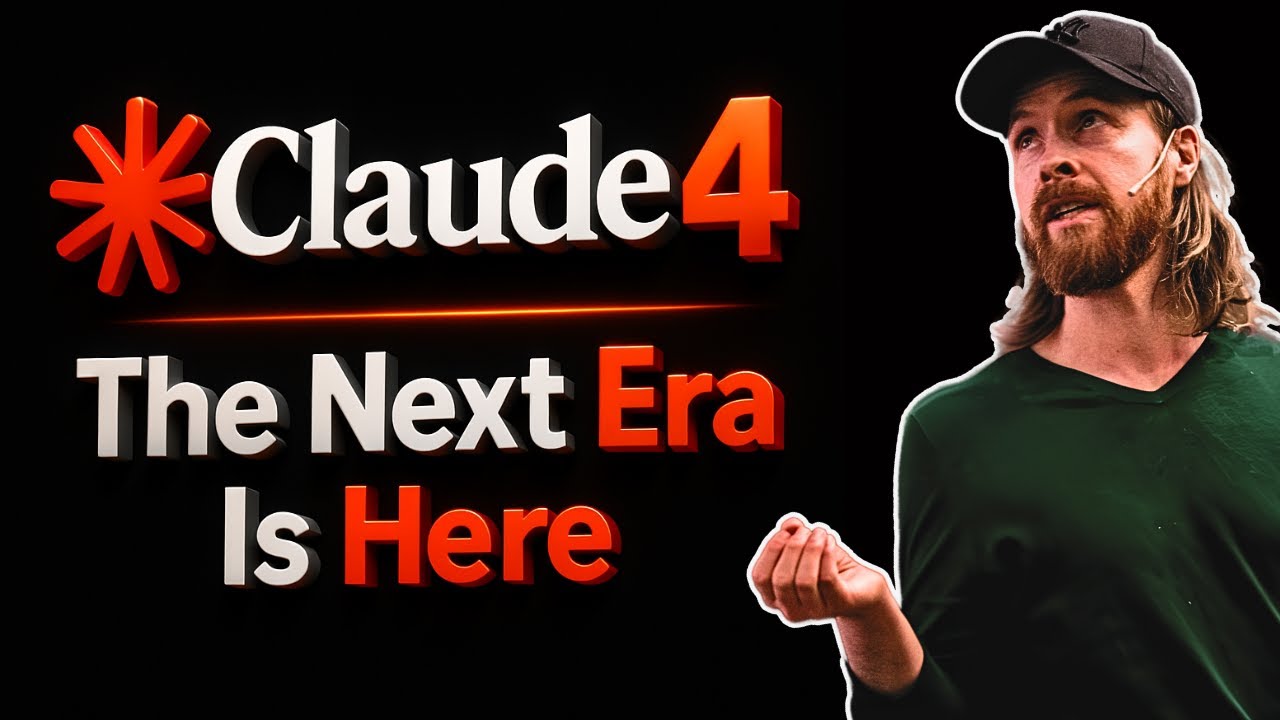The video showcases Claude 4’s advanced capabilities in object recognition, creative content generation, and multimodal applications, highlighting its new features like cloud code execution and MCP integration for complex reasoning and decision-making. It demonstrates practical uses such as building web apps with vision and speech synthesis, and emphasizes Claude 4’s versatility and potential for innovative AI development.
The video begins with a demonstration of Claude 4’s capabilities, showcasing its ability to read and interpret various objects and text through a series of practical tests. The presenter uses different items like protein bars, Bose headphones, and coffee mugs to see if Claude can accurately identify and describe them. The AI performs impressively, providing detailed descriptions and even generating creative content like poems based on the objects. This initial showcase highlights Claude 4’s advanced understanding and versatility in handling visual and textual data.
Next, the focus shifts to exploring Claude 4’s new features, particularly the cloud code execution tool and MCP (Multi-Chain Processing) connector. The presenter explains how these tools enable Claude to run Python code securely in a sandbox environment and connect to external MCP servers for complex decision-making processes. They demonstrate building a project where Claude brainstorms solutions, tests code execution, and reports results back to the user. The process involves setting up environments, writing scripts, and running tests, with the AI performing tasks like statistical analysis and code validation efficiently.
The video then delves into practical applications, including creating a web app that uses webcam input to identify objects, generate poems, and synthesize speech using the 11 Labs API. The presenter iteratively improves object detection accuracy by integrating Claude’s vision model, replacing less precise methods like TensorFlow. They showcase how the app can recognize objects like iPhones and measuring tapes quickly and accurately, then generate creative outputs like poems, which are read aloud. This demonstrates Claude 4’s potential for real-time, multimodal applications combining vision, language, and speech synthesis.
Further, the presenter explores the MCP connector’s functionality, illustrating how to set up and use MCP servers for step-by-step reasoning, such as solving complex math problems through sequential thinking. They show how to configure different MCP servers, switch between them, and interpret the step-by-step outputs generated by Claude. The ease of integrating third-party MCP services into the API is emphasized, highlighting how this setup can facilitate more sophisticated workflows and decision-making processes, even with less powerful models.
In conclusion, the presenter shares their overall impressions of Claude 4, expressing satisfaction with its performance and versatility. They note that Claude 4, combined with cloud code, MCP, and vision capabilities, offers a powerful toolkit for developers and AI enthusiasts. The video ends with a mention of upcoming features, ongoing testing, and a promotion for Nvidia’s GTC Paris event, encouraging viewers to explore these new AI tools and attend related workshops. Overall, the video provides a comprehensive first look at Claude 4’s new features and practical applications, emphasizing its potential for innovative AI development.
